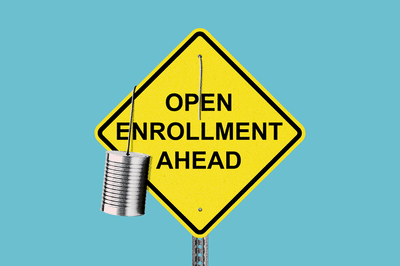By HR Brew Staff
3 min read
Definition:
Total rewards are the bundle of offerings that employers grant their employees. Total rewards packages may include compensation, benefits (such as health insurance or retirement plans), career development opportunities, and lifestyle perks (like flexibility).
Why offer total rewards?
There’s no question that the number one reason most employees show up to work is so they can collect a paycheck. Many workers, especially those in the US, rely on their company for health insurance as well, where the prevailing form of coverage for non-elderly residents is employer-sponsored. Retirement is another core benefit typically offered to US workers. But in recent decades, HR departments have started to consider some of the intangible elements that can motivate workers, beyond just compensation and benefits. This holistic approach is known as total rewards, and encompasses everything from paid time off to flexibility to learning and development.
When did employers start offering total rewards?
The term “total rewards” represents an evolution in thinking about the employer-employee relationship. A century ago, acolytes of scientific management scholars like Frederick Winslow Taylor assumed pay was the main factor that would motivate employees to do their jobs. But in the 1970s, a group of academics started considering other factors beyond pay that could drive employee satisfaction with a body of research known as the “quality of work life” movement. By the late 1990s, researchers were advocating for employers to offer a “bundle” of rewards in exchange for their employees’ contributions, with some referring to it as “the employment deal,” according to Sandra O’Neal, who formerly led the total rewards strategy group at Towers Perrin Philadelphia (now part of WTW). And in 2000, the American Compensation Association changed its name to WorldatWork, embracing the concept of total rewards and taking a broader view of elements that can affect the employee experience—namely, work-life balance, company culture, and the aforementioned learning and development.
How have total rewards evolved?
Today, having a “total rewards strategy” that communicates a company’s approach to compensation, benefits, and beyond is seen as key in driving positive HR outcomes. A good total rewards strategy, research suggests, can help attract, retain, and motivate employees. Benefits leaders have had their hands full keeping up with compensation trends in the years since the Covid-19 pandemic, as a competitive labor market prompted workers to ask for higher pay and bigger raises. But the pandemic also introduced new perks that have become central to some companies’ total rewards strategy. Offering remote work, for example, is one way employers try to differentiate themselves from competitors in the talent market.
Can you put total rewards into context?
“Workers are already struggling to save for retirement, and in recent years total rewards leaders have started to get more creative with their benefits to help employees build financial security, whether through helping them manage medical debt or start emergency savings accounts,” HR Brew previously reported.
Related content on Total rewards
